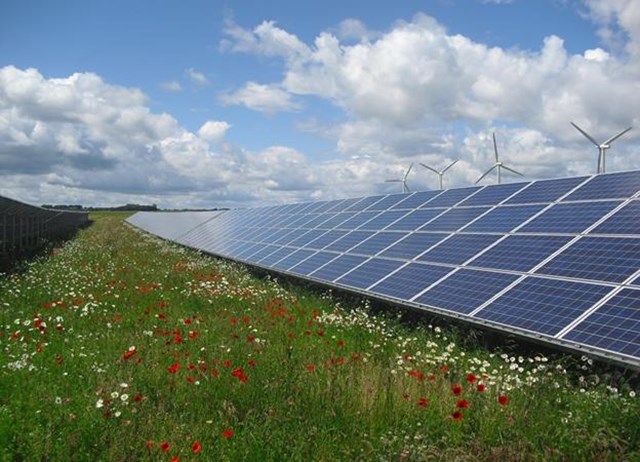The United States’ solar industry faces an increasingly complex web of tariffs and policy restrictions that are fundamentally reshaping global supply chains, a new report from Wood Mackenzie has warned.
The US solar supply chain is at a critical crossroads as tariffs and FEOC (Foreign Entity of Concern) restrictions threaten a domestic manufacturing crisis, the report claimed.
Wood Mackenzie also warned that China continues to dominate the market through regional subsidiaries despite diversification efforts, with many components still originating from Chinese-owned companies.
New anti-dumping and countervailing duties (AD/CVD) on southeast Asian cells and modules, ranging from 41.08% for Malaysia to 660.04% for Cambodia, and the threat of several new tariffs are likely to create genuine supply bottlenecks and unprecedented challenges for renewable energy deployment, the global insight company said.
The AD/CVD investigation finalised in June on Cambodia, Malaysia, Thailand and Vietnam have pushed tariff rates on these countries above Chinese levels.
This month, Commerce launched a Section 232 investigation on polysilicon imports and a group of domestic manufacturers filed an AD/CVD petition against solar cell imports from India, Indonesia, and Laos. These are forcing manufacturers into another round of geographic repositioning, Wood Mackenzie added.
“The solar industry’s supply chain shuffle reveals a fundamental paradox,” said Elissa Pierce, research analyst for solar module technology and markets at Wood Mackenzie.
“Despite billions in tariffs and years of diversification efforts, Chinese companies still control manufacturing through regional subsidiaries.
“When Malaysian glass suppliers and Vietnamese frame manufacturers are Chinese-owned operations, we’re not achieving energy security. We’re simply paying higher prices for the same supply chain risk.
“These new market distortions could ultimately harm renewable energy deployment while potentially precluding domestic manufacturers from receiving the 45X tax credits due to the FEOC restrictions.”
Pierce added that Section 232 tariffs on polysilicon could present the industry’s biggest supply chain challenge, as China controls 95% of global solar-grade polysilicon capacity. Alternative sources are limited to small facilities in Germany, Malaysia and South Korea.

